
AeroGenie — Uw intelligente copiloot.
Trending
Categories
Egyptian Ambassador to Oman Launches Legal Encyclopedia on Aircraft Leasing
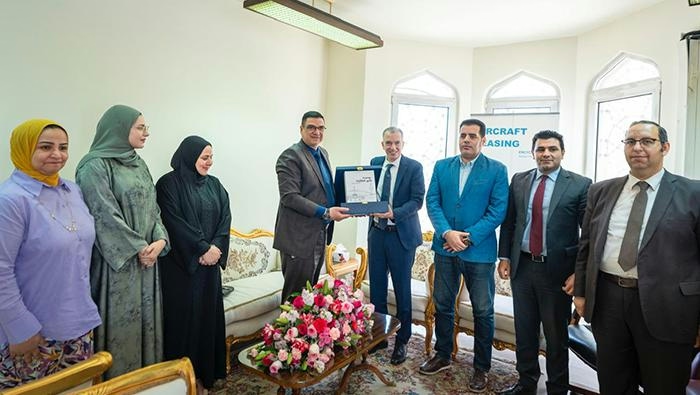
Egyptian Ambassador to Oman Launches Legal Encyclopedia on Aircraft Leasing
Strengthening Bilateral Ties Through Intellectual Collaboration
In a significant demonstration of the enduring cultural and scientific partnership between Egypt and Oman, the Egyptian Embassy in Muscat hosted the launch of a pioneering legal encyclopedia titled Aircraft Leasing Encyclopedia: Between Practice and Law. The event, held under the patronage of His Excellency Ambassador Khaled Radi, Egypt’s Ambassador to Oman, attracted a distinguished audience comprising diplomats, government officials, and legal experts. The occasion underscored Egypt’s sustained intellectual influence within the region and highlighted the close ties shared by the two nations.
Ambassador Radi expressed his pride in the publication, emphasizing its importance to the aviation sector and its authorship by a prominent member of the Egyptian community residing in Oman. He remarked on the diversity and accomplishments of Egyptians in Oman, noting that their strong sense of belonging further cements the bilateral relationship. The ambassador described the encyclopedia as a highly specialized work that addresses a critical area of aviation law, reflecting the depth of expertise within the Egyptian expatriate community.
A Comprehensive Legal Resource for the Aviation Industry
The encyclopedia was authored by Counsellor Hussam El Hadidy, a respected legal expert with over thirty years of experience in aviation law. El Hadidy, who holds a diploma in air law from the International Air Transport Association (IATA) in the United Kingdom, has long been recognized for his contributions to the field, including his earlier work, Aviation Contracts Encyclopedia. His latest publication fills a notable gap by providing an exhaustive legal reference on aircraft leasing, combining practical insights with detailed analysis of contracts and regulatory frameworks.
Aircraft Leasing Encyclopedia: Between Practice and Law is designed to serve as an essential resource for legal practitioners and aviation companies across Egypt, Oman, and the broader Arab world. It addresses the complex legal challenges inherent in aircraft leasing, offering guidance that spans multiple jurisdictions and regulatory environments. The work is expected to enhance legal scholarship and support the aviation industry’s growth in the region.
Navigating Challenges and Market Reception
The launch of the encyclopedia comes amid the complexities of international aviation regulations, which require careful navigation to ensure the publication’s relevance and compliance across diverse legal systems. The author and publishers face the challenge of addressing varying regulatory frameworks while competing with established legal information providers. Additionally, regulatory authorities are likely to scrutinize the encyclopedia to verify its adherence to international aviation laws and standards.
Despite these hurdles, the response from the legal and aviation communities has been overwhelmingly positive. Industry stakeholders have expressed strong interest in the new resource, anticipating that it will stimulate further innovation and improvement among competitors in the field of aviation law. The publication is poised to contribute significantly to the advancement of legal expertise and professional practice in the region.
Ambassador Radi concluded the event by reaffirming the robust and evolving nature of Egyptian-Omani relations. He described the partnership as entering a new phase of strategic collaboration and growth under the leadership of President Abdel Fattah El-Sisi and His Majesty Sultan Haitham bin Tarik. The launch of this legal encyclopedia stands as a testament to the shared commitment to excellence and cooperation between the two countries.
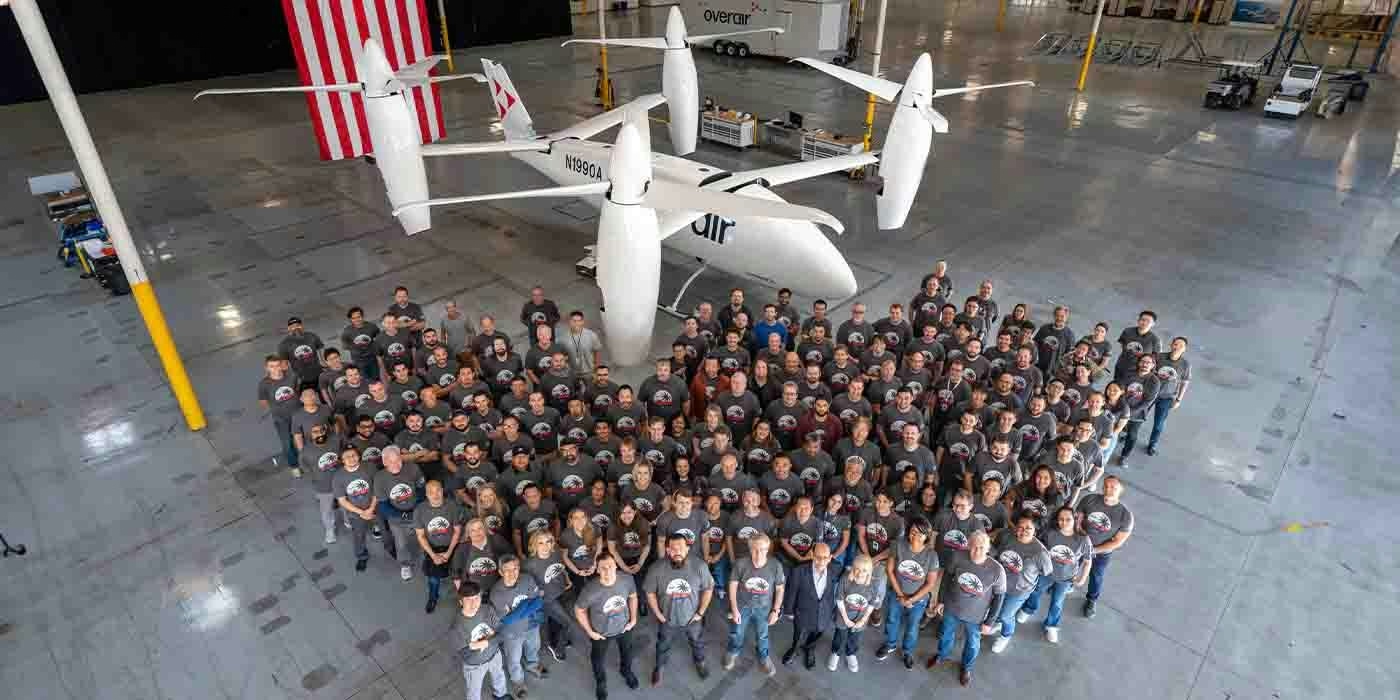
Unique mixed-propulsion eVTOL completes transition flight testing
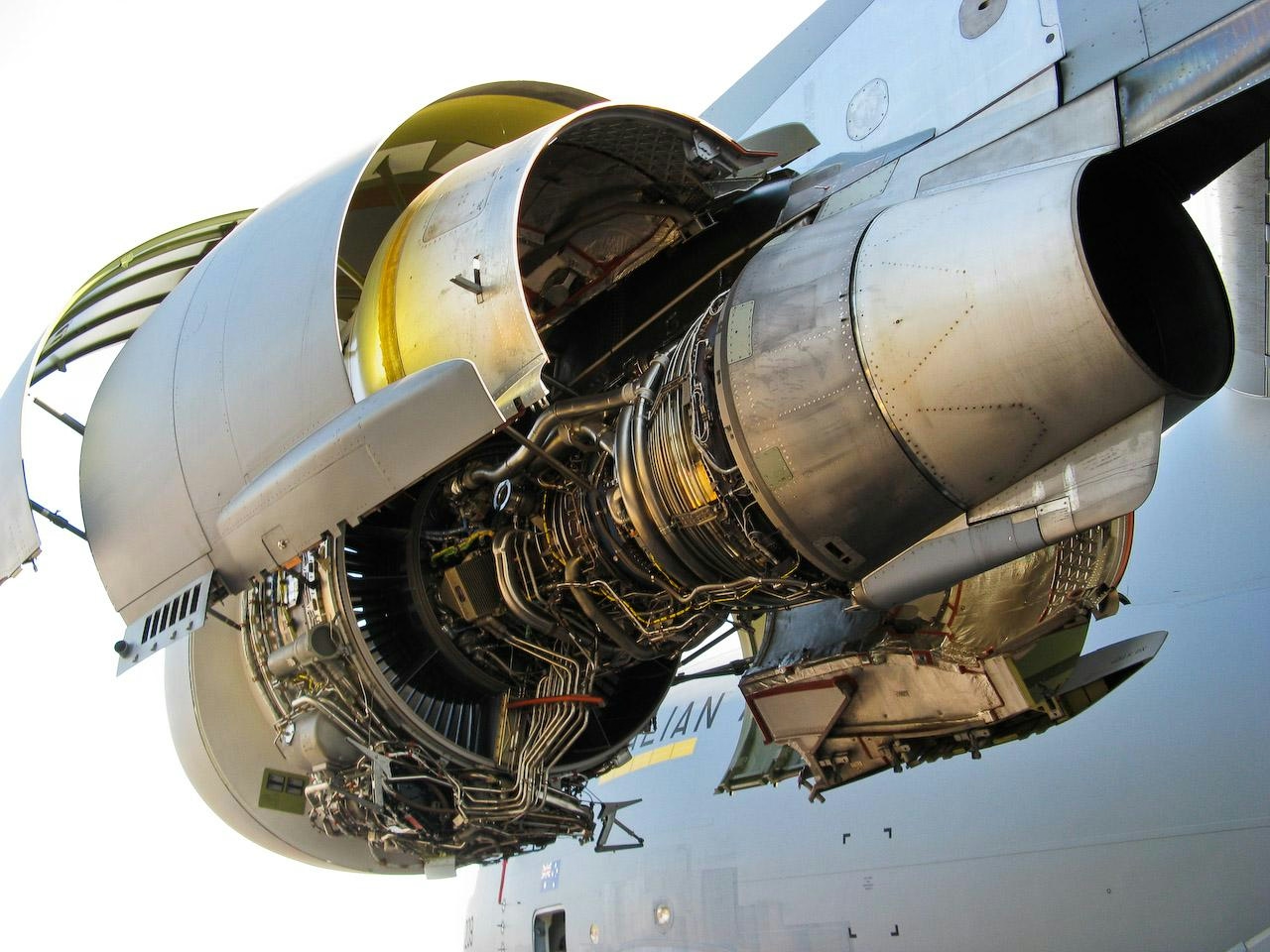
Are C-17 Globemaster Engines Derived from Boeing 757?
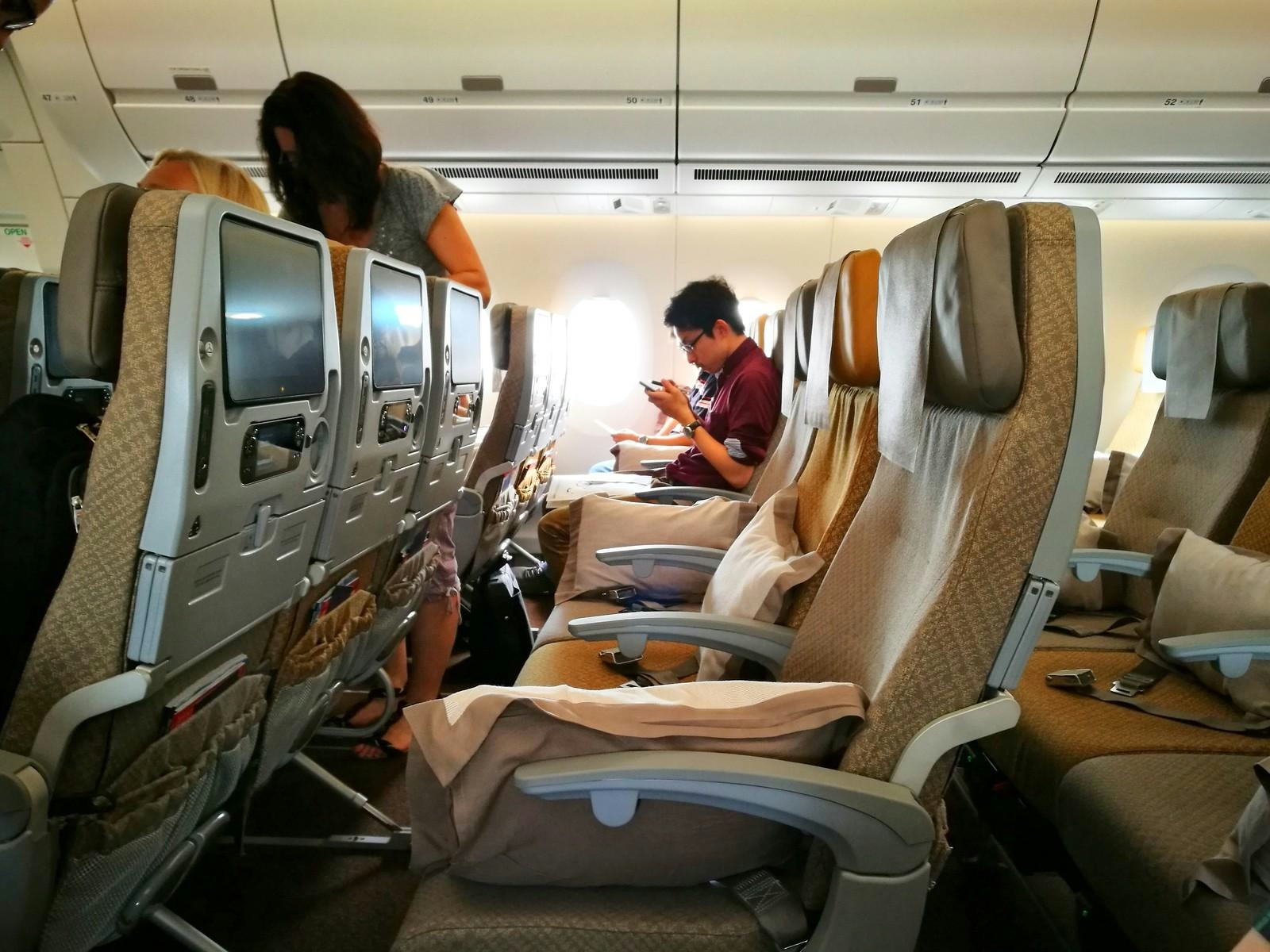
Why the Airbus A350’s Cabin Is Quieter Than Other Aircraft
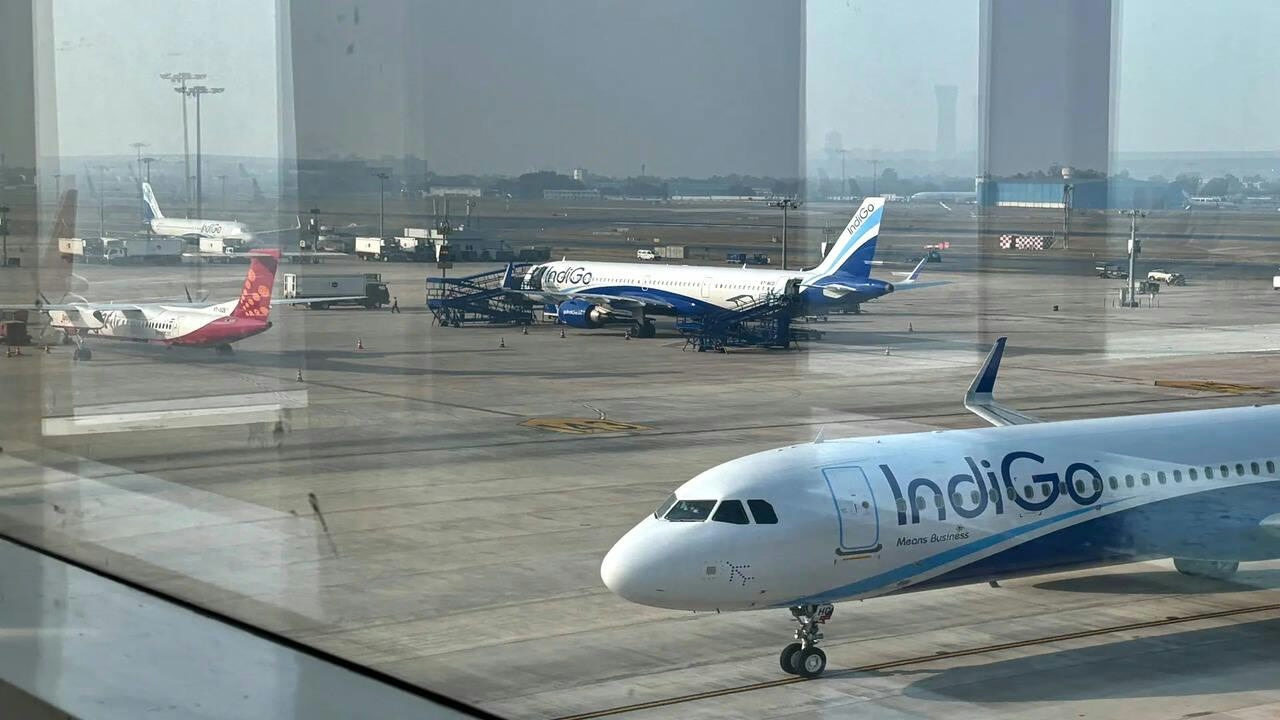
AI and AI Express Plan to Increase Capacity Amid IndiGo Flight Disruptions
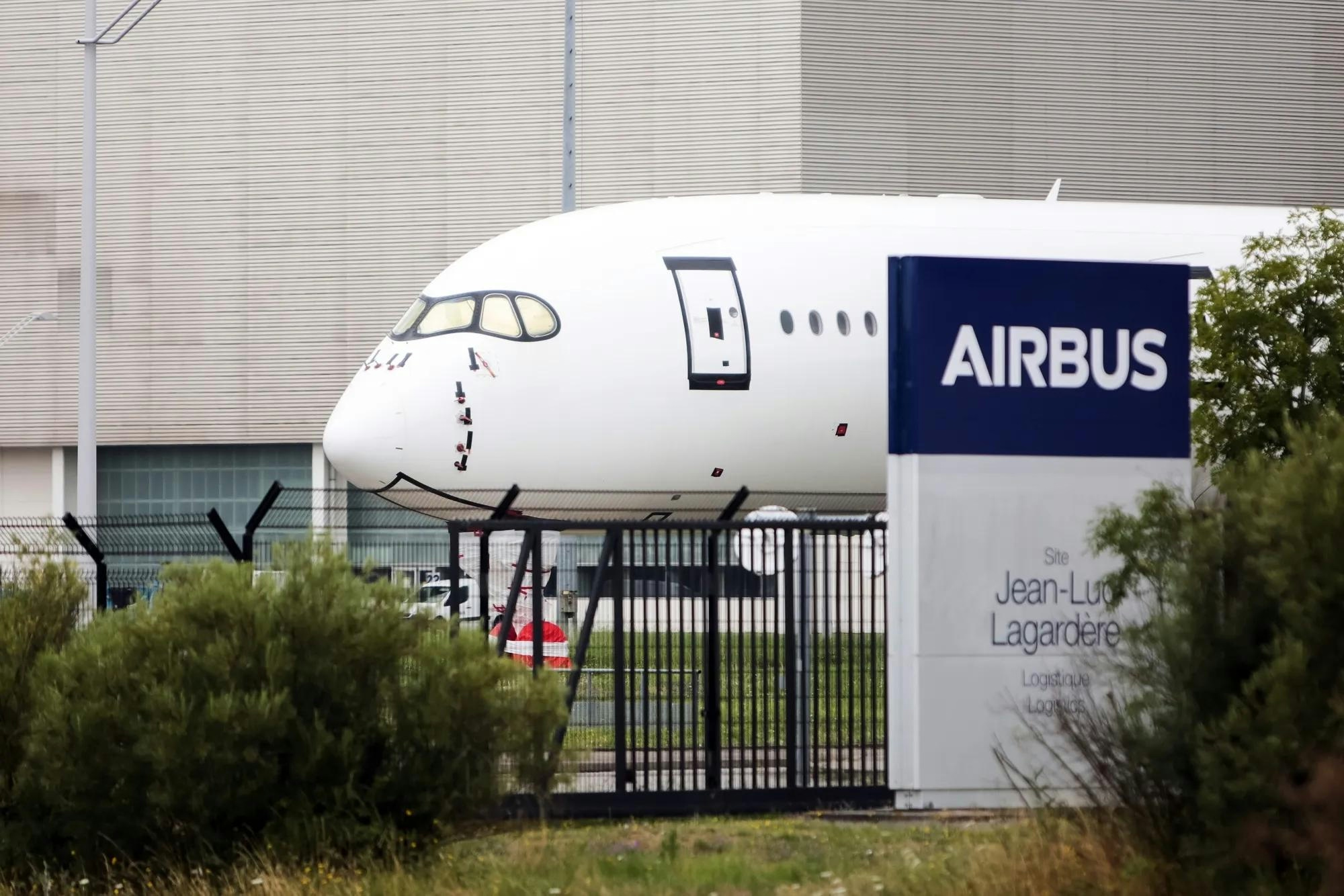
Kazakhstan and France Agree on Airbus Aircraft Deliveries
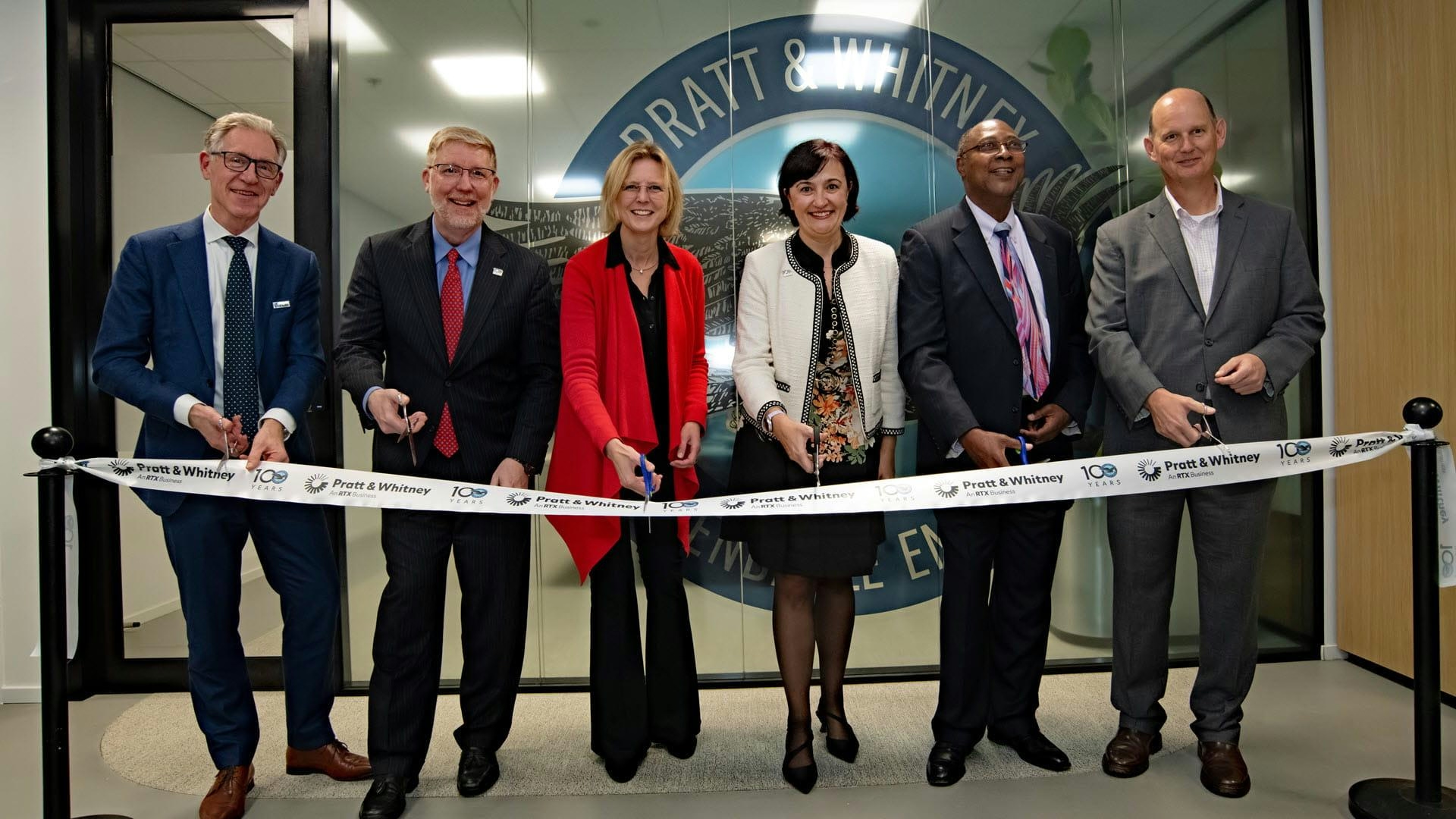
Europe’s Emerging Talent Drives Aviation Innovation
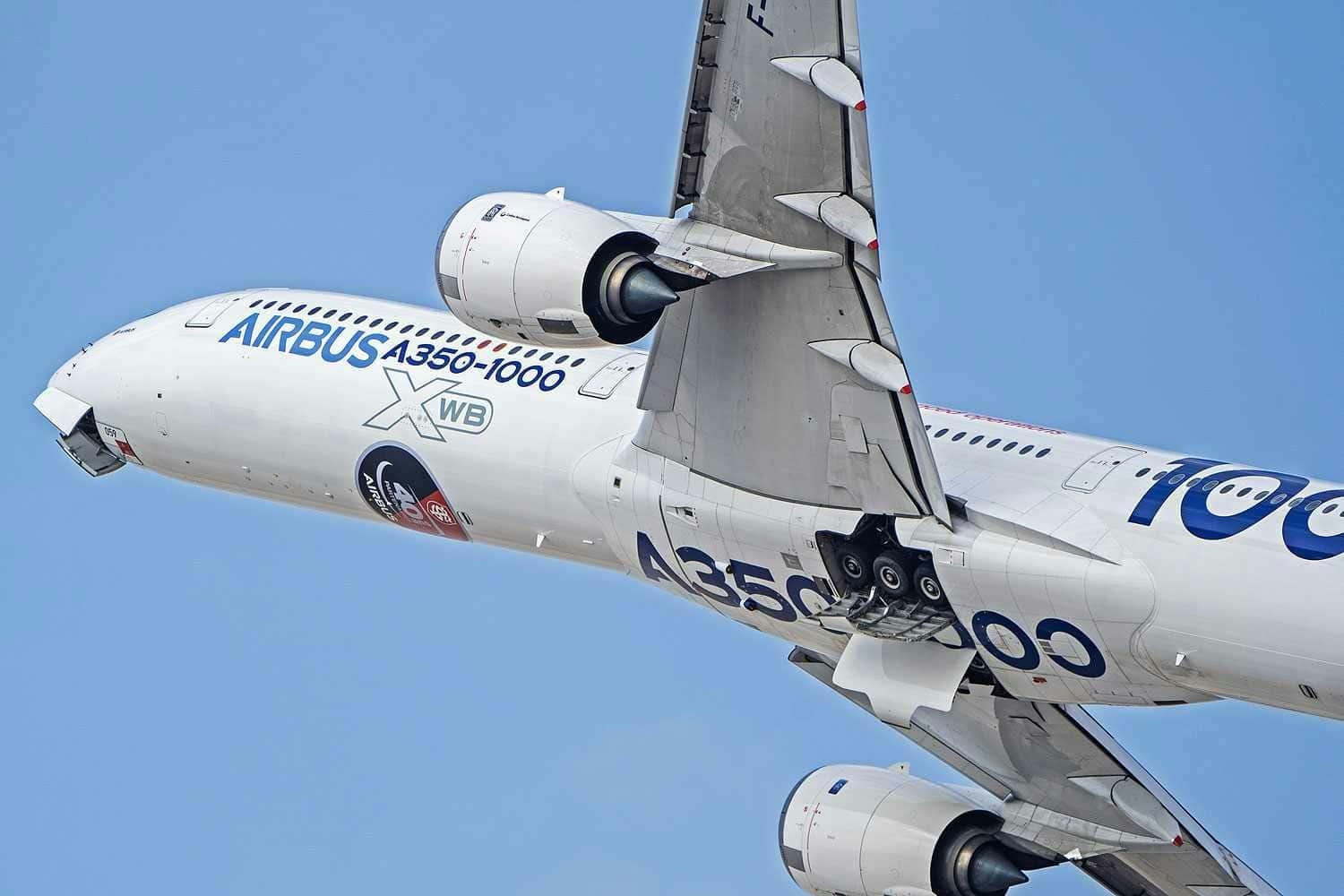
Airbus Receives New Order for A350-1000
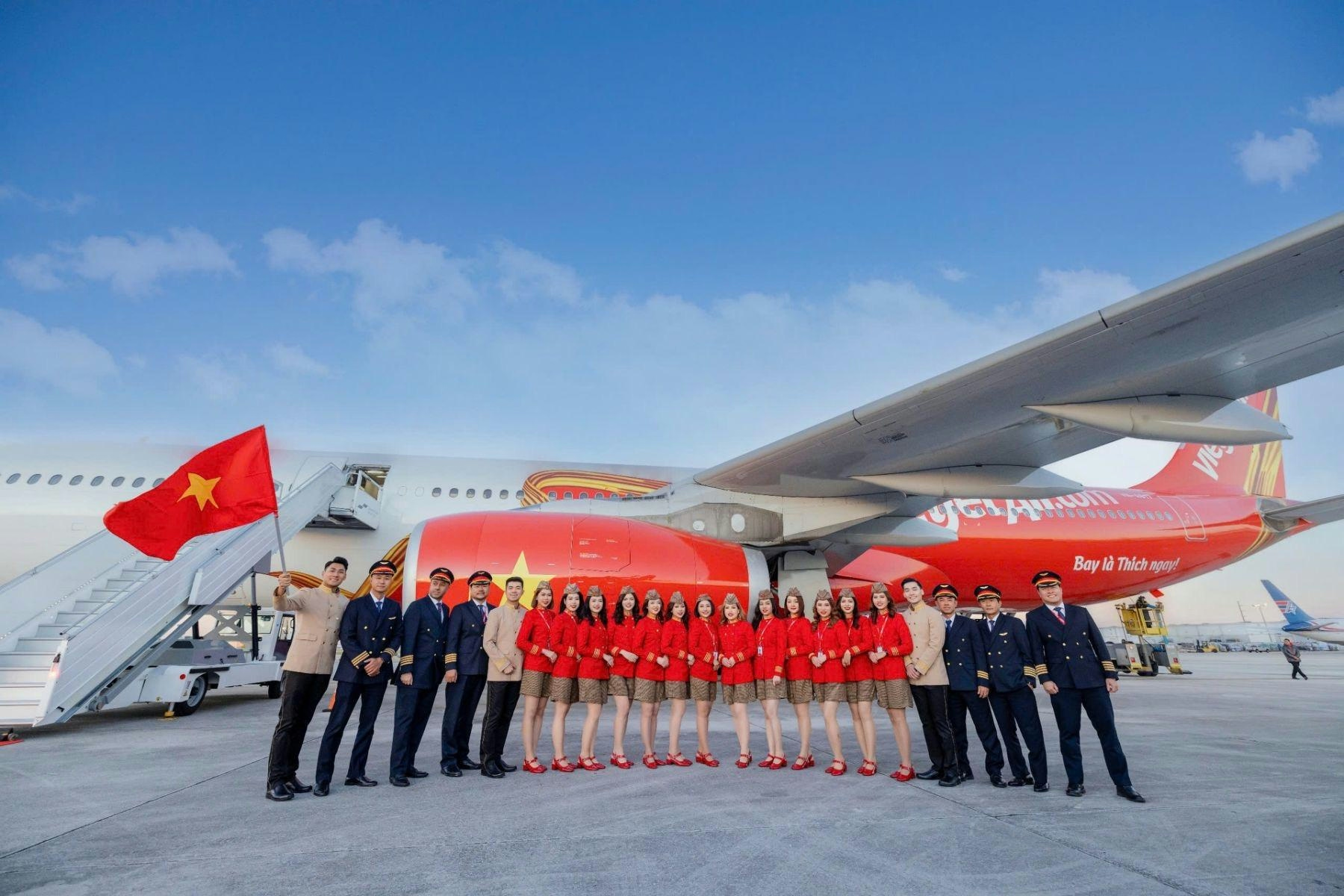
The Leading Widebody Aircraft in Service Today
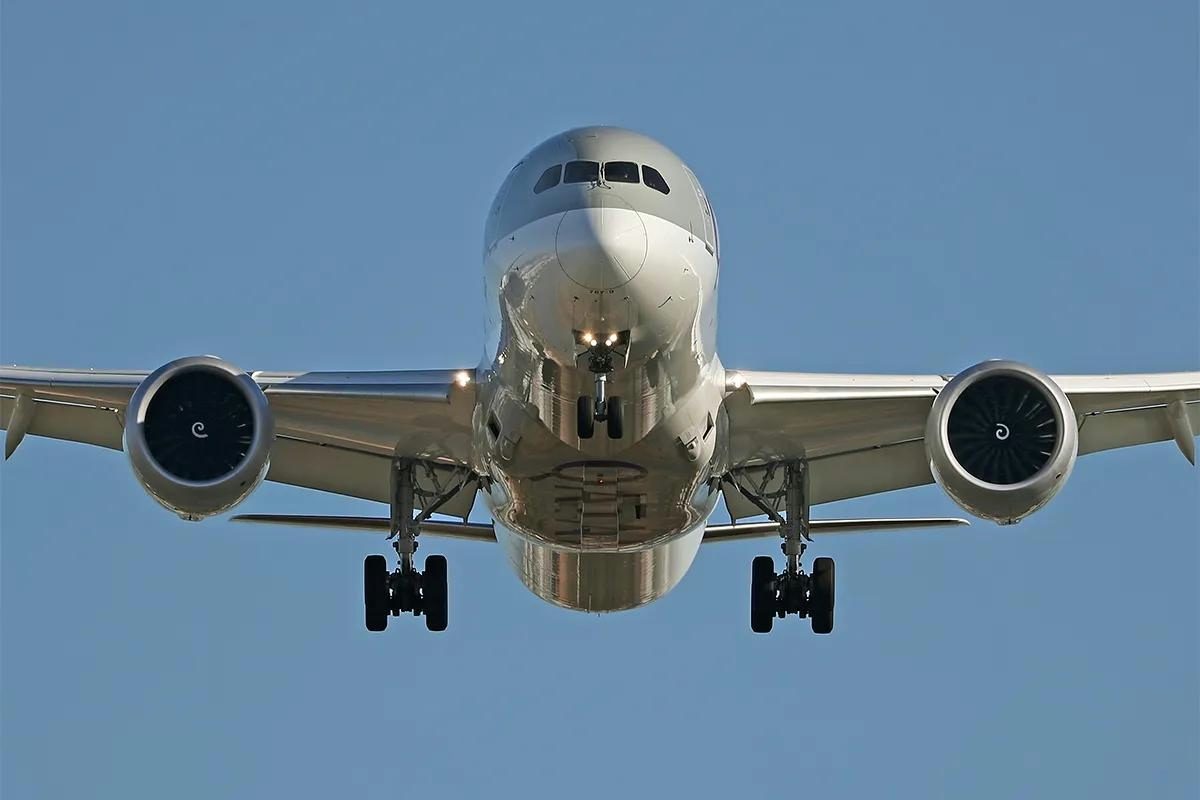
The Fastest Boeing Jet Currently in Service
